1.The fourth relocation of National Sun Yat-sen University (NSYSU)
In April 1944, the Japanese Army launched the Battle of Henan-Hunan-Guangxi, causing a major defeat for the National Army of the Kuomintang. That led to a wave of relocations of colleges and universities in areas such as northern Guangdong, western Henan, and western Hunan. In January 1945, the Japanese aggressors launched attacks on southern and northern sides of Shaoguan, forcing the local military and government institutions, as well as schools, to evacuate. Consequently, NSYSU was broken into three parts, scattered across various counties in eastern Guangdong, Lian County (now Lianzhou City) in northern Guangdong, and Renhua County in western Guangdong.

Photo: Distribution of NSYSU after its fourth relocation
2.The establishment of the Research Office of the Three Principles of the People at NSYSU
During the period in Pingshi of northern Guangdong, NSYSU prepared to establish a research office of the Three Principles of the People to promote academic research and culture of the Three Principles of the People. However, due to the fall of Shaoguan, the initiative was put on hold. In 1945, the Ministry of Education ordered NSYSU to set up the Research Office of the Three Principles of the People under the research institute to establish an academic system of the Three Principles of the People. Subordinate to NSYSU’s research institute, the Research Office of the Three Principles of the People consisted of three divisions, in charge of research, literature, and promotion, respectively. In addition to research work, the office was also responsible for collecting materials about the Three Principles of the People, publishing research results, and promoting the Three Principles of the People research movement both inside and outside the University.
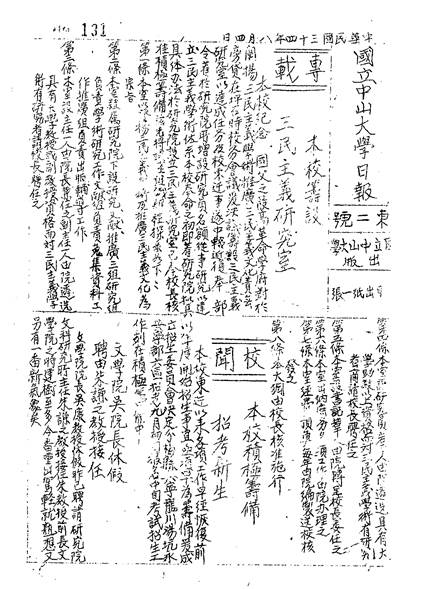
Photo: The report on the establishment of the Research Office of the Three Principles of the People at NSYSU published in the National Sun Yat-sen University Daily on August 4, 1945.
3.Return to Guangzhou
On August 15, 1945, Japan officially announced its unconditional surrender. In late October, the students, faculty and staff scattered in eastern Guangdong, northern Guangdong and other areas began to return to Guangzhou. After seven years of separation, they gradually returned to the campus in Guangzhou and officially resumed classes in December that year.

Photo: The report on the return to Guangdong in the National Sun Yat-sen University Daily on August 13, 1945.
4.The appointment of Wang Xinggong as President of NSYSU
In September 1945, NSYSU underwent another change in leadership. The Administrative Yuan of the National Government officially removed Zhu Lu from the post of President and appointed Wang Xinggong to take over the position. Jin Zengcheng was also removed from the post of Acting President. Wang Xinggong, who styled himself as “Fuwu”, was from Huaining, Anhui Province (now part of Anqing). He graduated from Imperial College London with a master's degree. During the preparatory period of National Guangdong University, he had been appointed as a preparatory committee member.
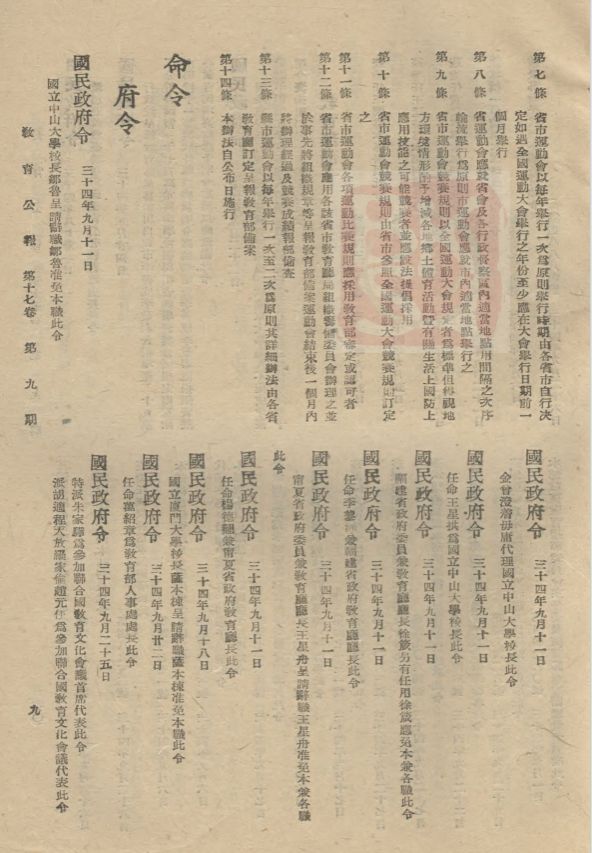
Photo 1:Order of the National Government on the Change of President of NSYSU (Education Bulletin, Vol. 17, No. 9, 1945)
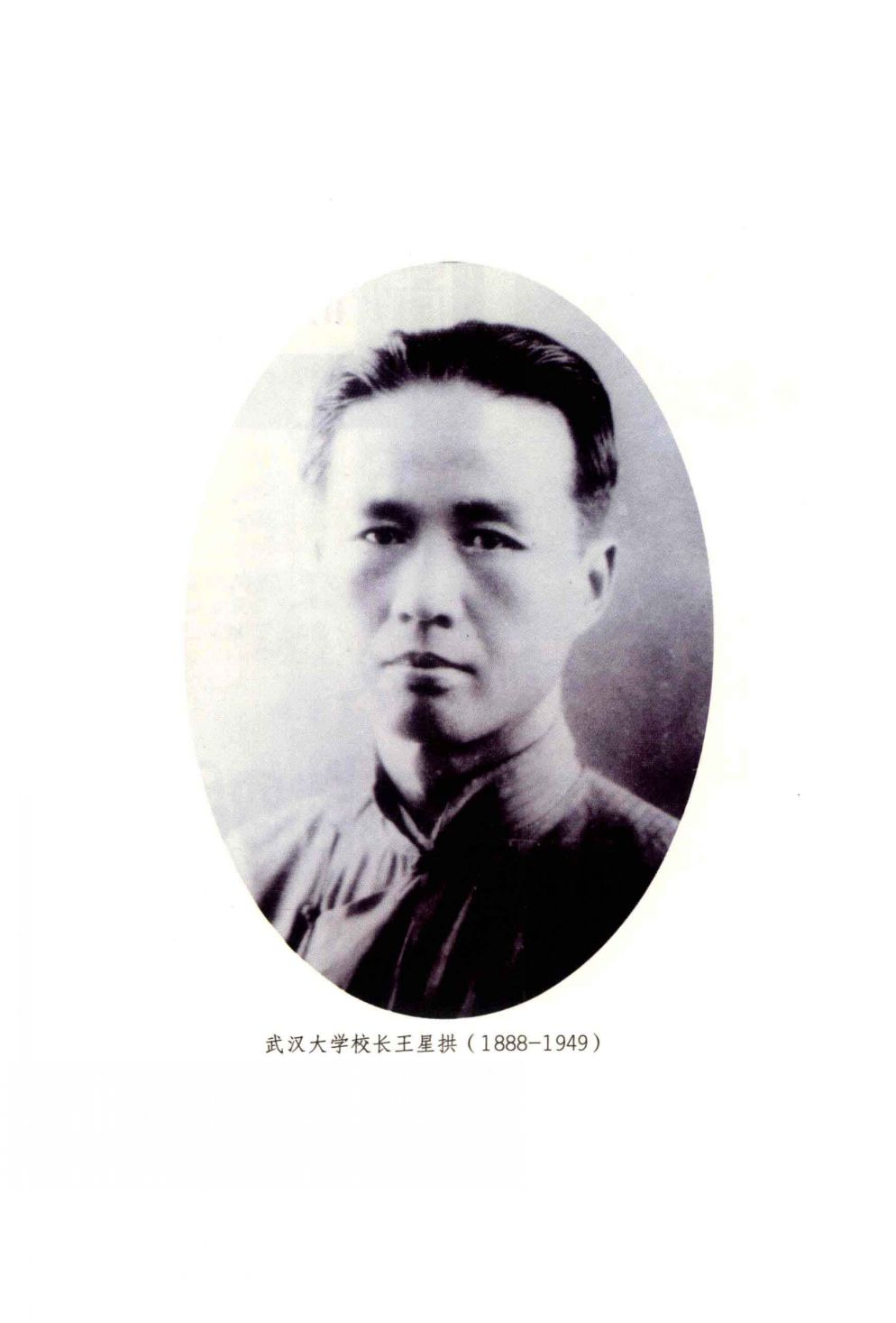
Photo 2:Wang Xinggong
5. Commemoration of those killed during NSYSU's Relocation
During the hasty relocation and return to Guangzhou in 1945, many students, faculty, and staff members of NSYSU lost their lives. On March 3, 1945, when Pingshi fell, Professor Wei Zisong from the College of Engineering, who was not able to escape due to his illness, committed suicide by taking an overdose of sleeping pills so that he did not have to surrender to the Japanese. During the transfer to Renhua, three teachers and students from the affiliated middle school were killed in an encounter with the Japanese army. On the way back to Guangzhou by boat, Professor Huang Jiyu from the College of Science tragically fell into the Beijiang River and drowned in Qingyuan. In addition, the Xiangfa and Zhenxiang passenger ships, carrying students and staff from the Chaoshan region, sank midway, resulting in the deaths of 54 students and faculty members of NSYSU. On the morning of December 15, 1945, the University held a memorial ceremony at the auditorium on Wenming Road in deep mourning for those killed during the war .

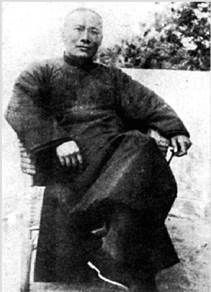
Photo 2:Huang Jiyu
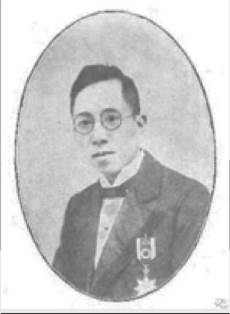
Photo 3:Wei Zisong
6.Woon-Young Chun rescued the specimens at the Research Institute of Agriculture and Forestry of NSYSU
Following the fall of Beiping and Nanjing, the botanical research institutions in both cities suffered heavy losses of collections. In January 1938, at the initiative of Woon-Young Chun, 150,000 valuable specimens, more than 4,000 volumes of Chinese and foreign literature, and various instruments and equipment from the College of Agriculture were transported in batches to Kowloon, Hong Kong, for safekeeping. In September, Chun funded the construction of a three-story Western-style building as the office in Kowloon to properly preserve the literature and materials. After the fall of Hong Kong in December 1941, Chun, despite all the hardships, humiliation and heavy burdens, successfully retrieved all the precious specimens, books, and equipment from the Japanese and brought them back intact to Guangzhou. He also maintained close ties with NSYSU all along. In February 1942, Jiang Ying reconstituted the Research Institute of Agriculture and Forestry in Liyuan Fortress. After the victory of the War of Resistance against Japanese Aggression, NSYSU resumed its operation at the original site in Shipai, Guangzhou. All the specimens in northern Guangdong were transported back to Guangzhou and put together with those rescued by Chun, to be preserved at the Institute of Agriculture and Forestry, NSYSU.
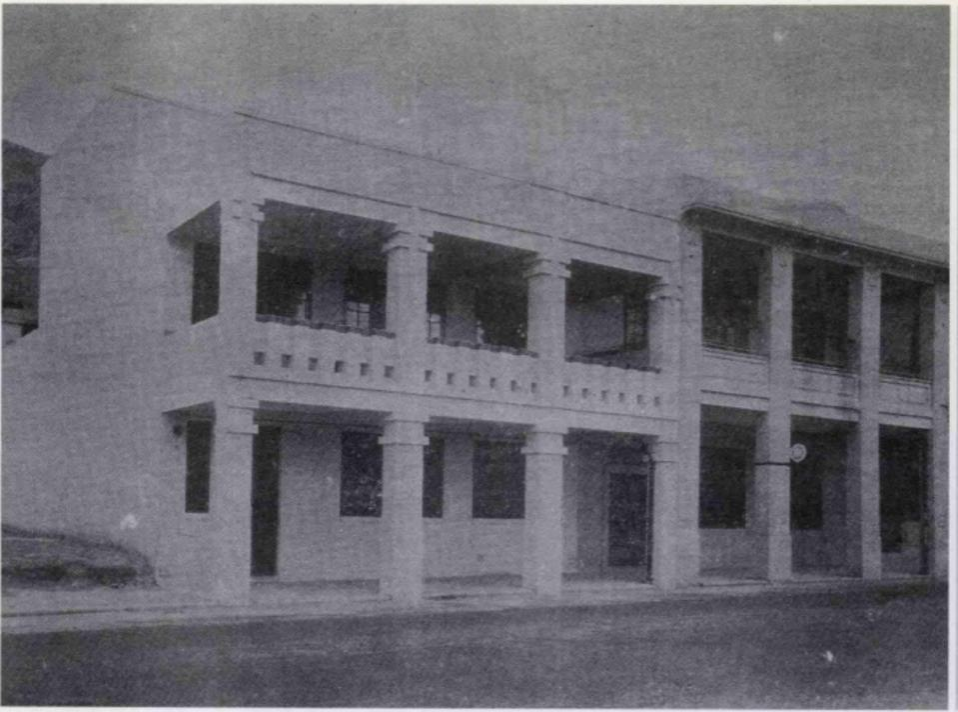
Photo 1:During the War of Resistance against Japanese Aggression, the Research Institute of Agriculture and Forestry of NSYSU established an office in Kowloon, Hong Kong, to continue research work (1938-1942).
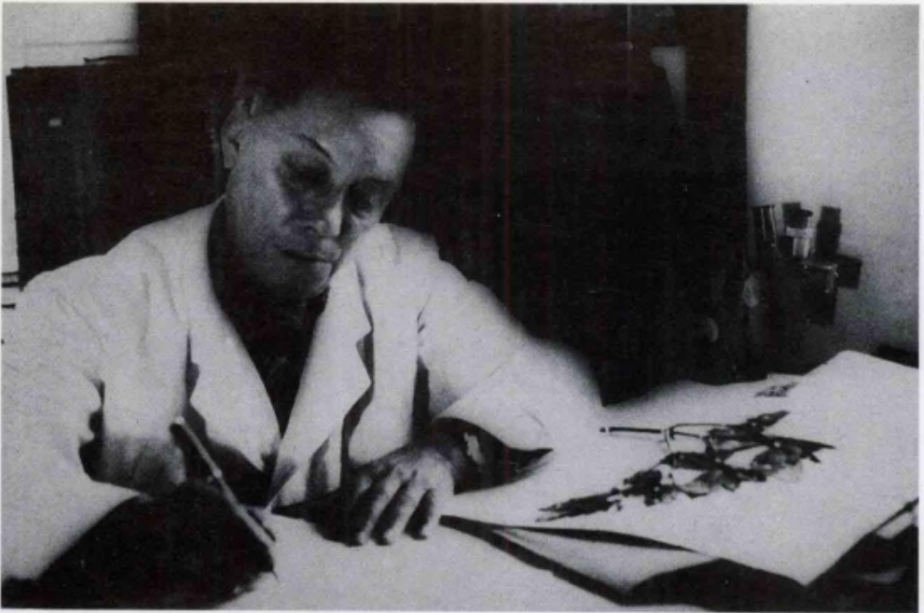
Photo 2:Woon-Young Chun


